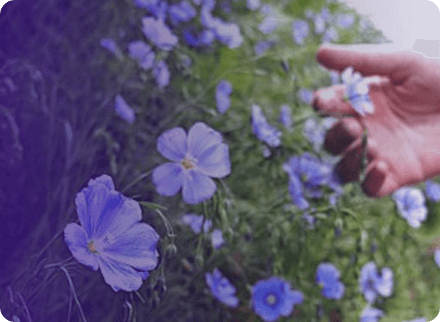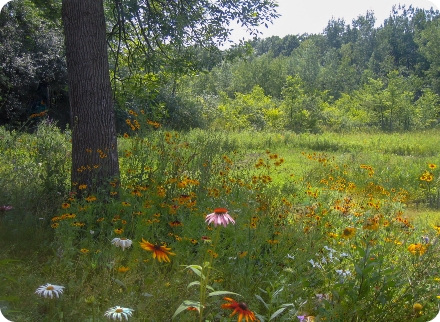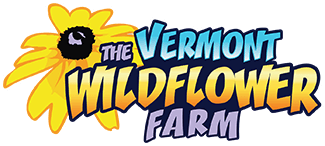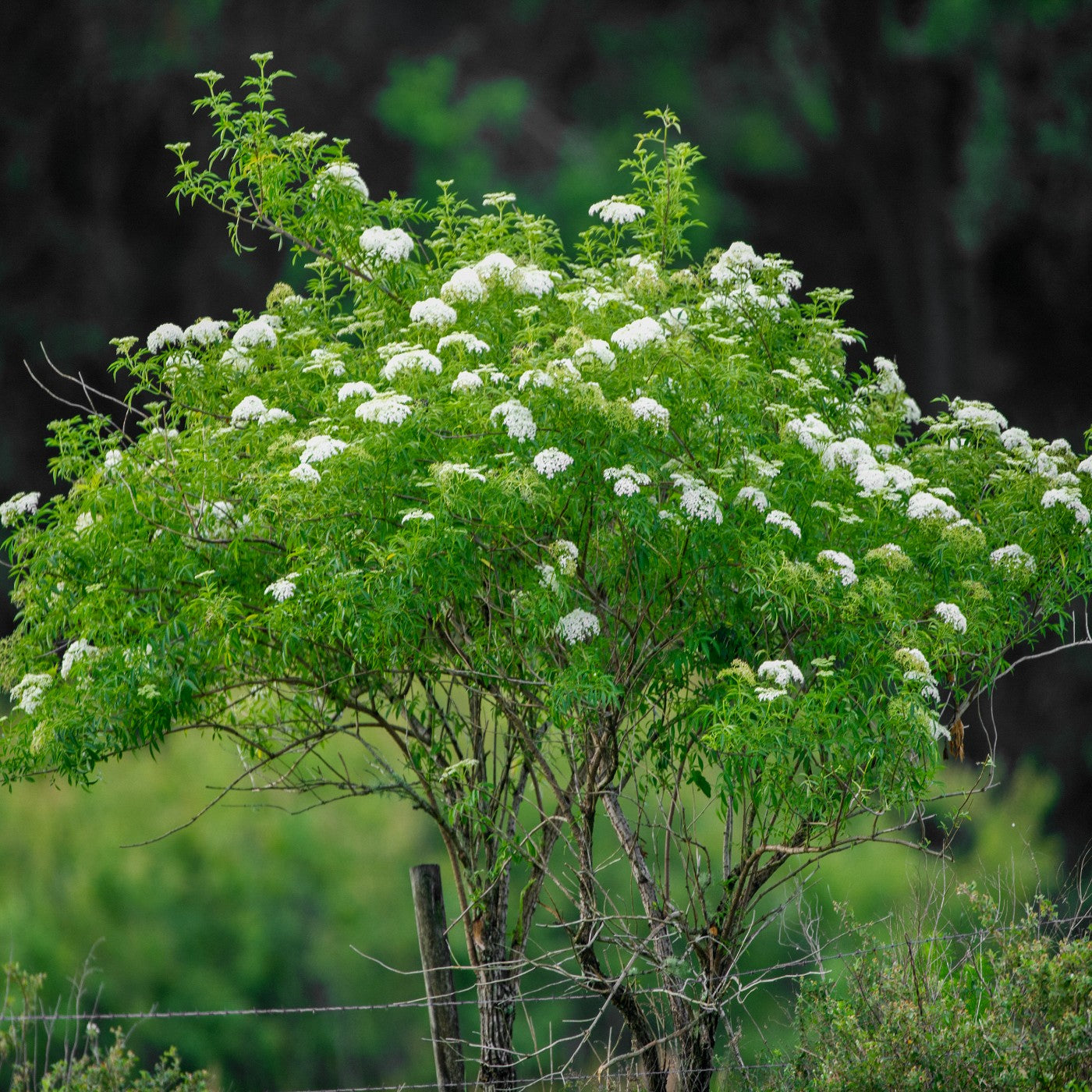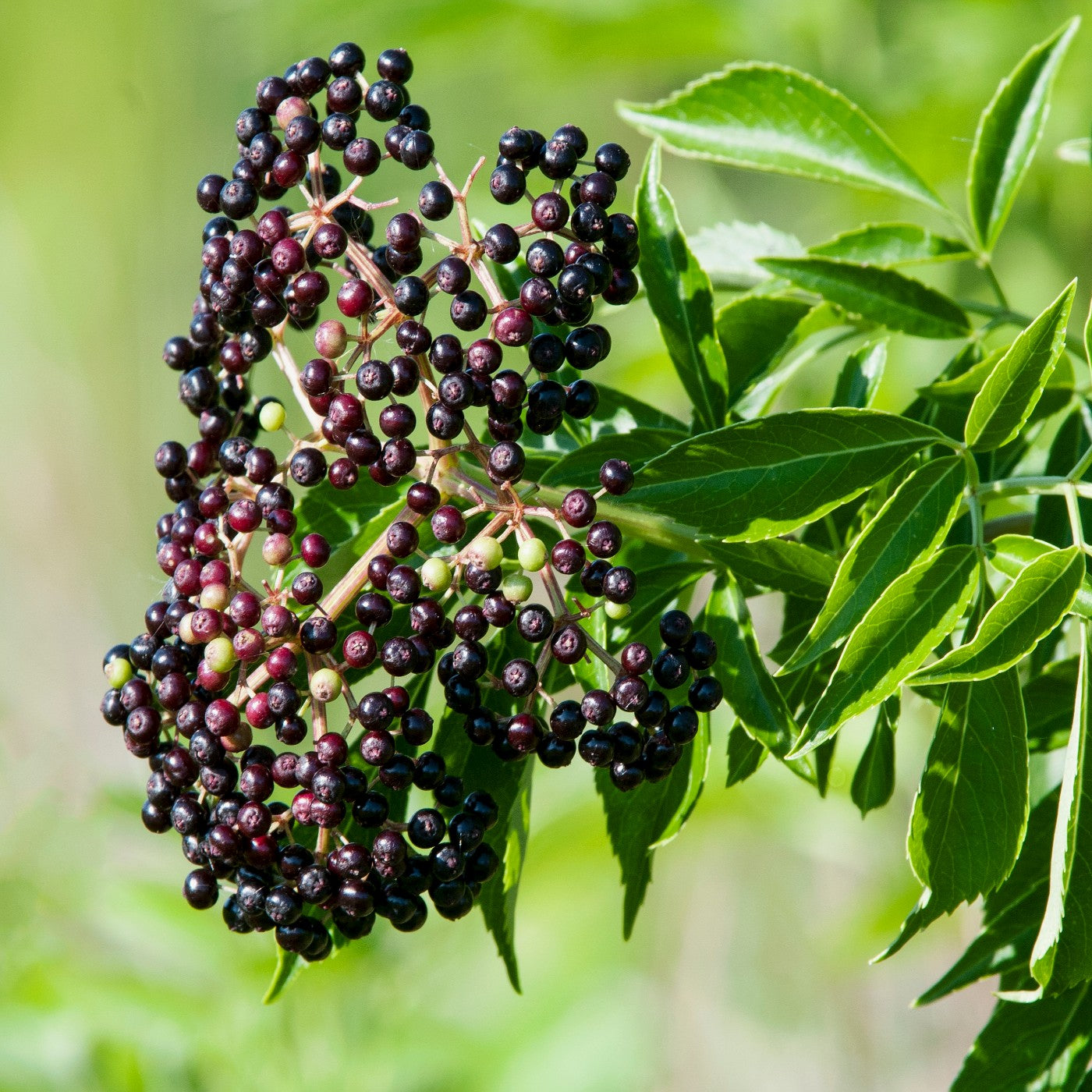Elderberry Tree Seeds (Sambucus canadensis)
Elderberry Tree Seeds (Sambucus canadensis)
 Yes!
This Item is Available
Yes!
This Item is Available
 Sorry!
This Item is not Available
Sorry!
This Item is not Available
Couldn't load pickup availability
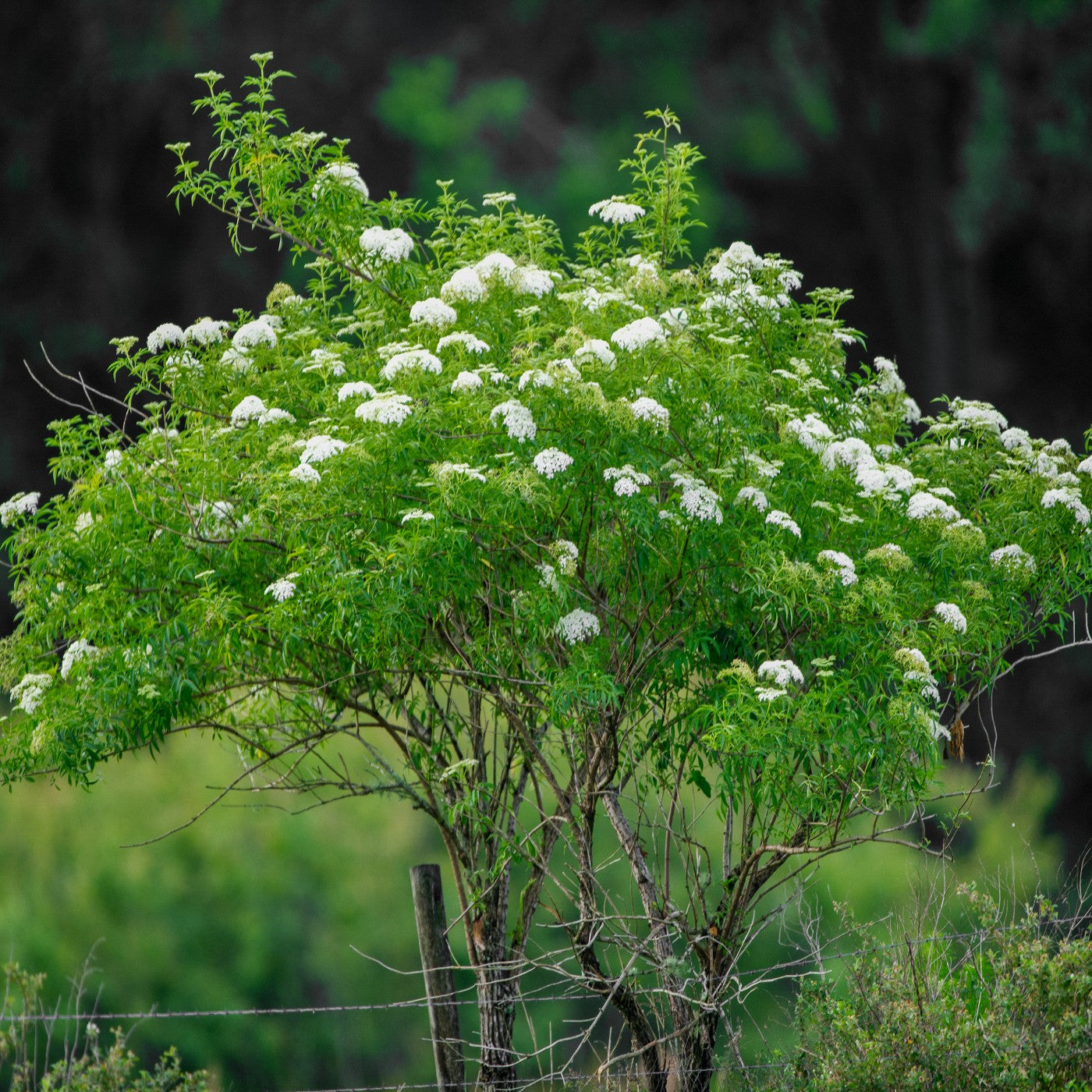
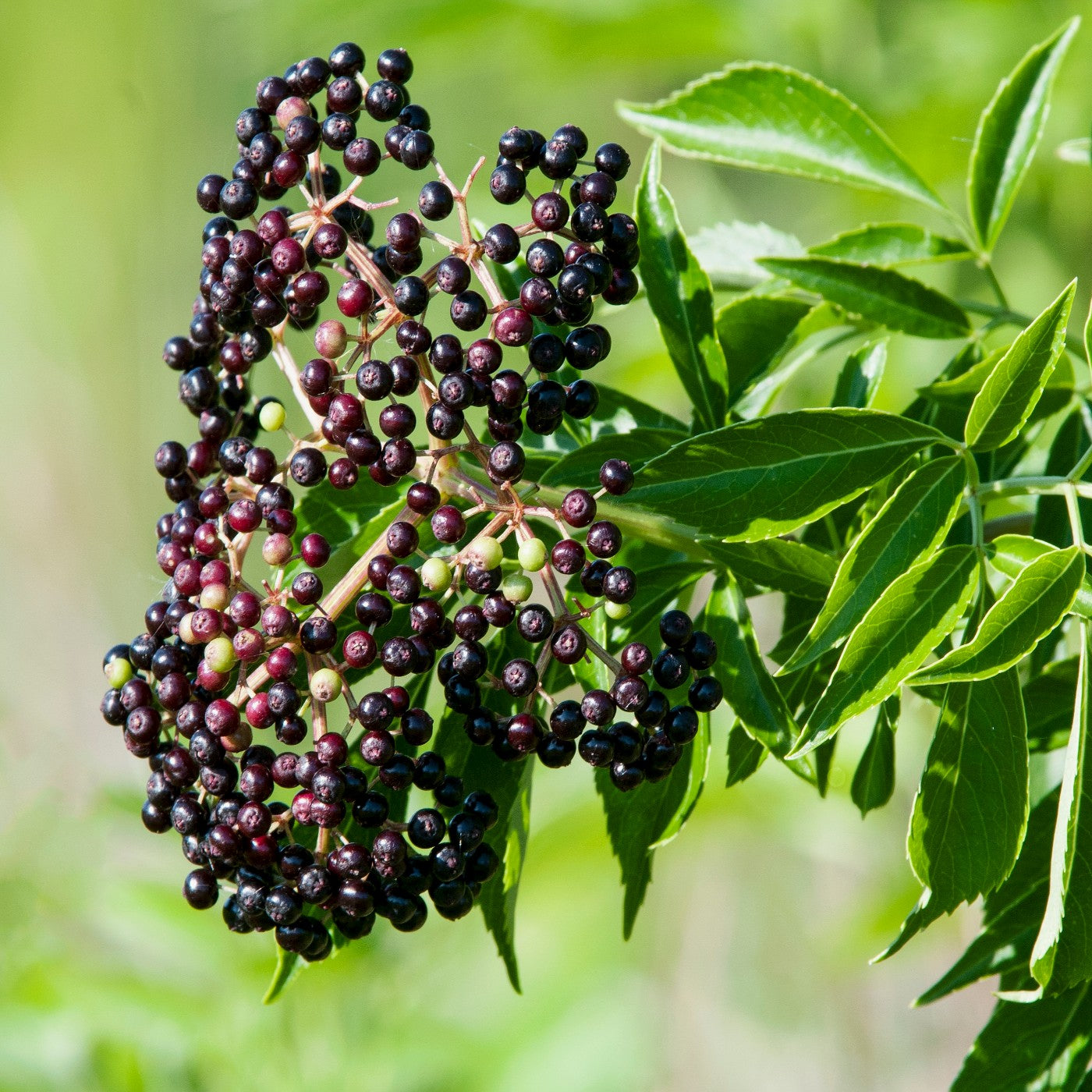
Don't Forget: Free Shipping on All Orders of $39 or More!
ELDERBERRY - Sambucus canadensis (Seeds per Packet: 50+) Elderberry is a native thicket forming shrub that grows in woodland edges, borders, naturalized areas etc. It has nice bright green leaves and large, flat showy clusters of white flowers which are fragrant. Following bloom are dark purple to black berry fruits which occur in late summer fall. The fruits are attractive to birds and other animals as well as are used to make jellies, pies, wine etc. The fruits are high in antioxidants. Flowers blooms June through August. SUN TO PARTIAL SHADE
Zones: 3,4,5,6,7,8,9
Light Requirement: Sun to Partial Shade
Height: Up to 5-10 ft.
Plant Type: Native Perennial
Shipping: Usually ships in 2 business days. For a guaranteed delivery date, please contact customer service.
Planting Tree Seeds
Elderberry - Germ Code 2 - The best time to plant Elderberry Seeds is in fall or early winter. They can be planted in spring or summer during warmth but will take longer to germinate. You should choose an area that will allow for larger growth bushes, trees or shrubs. They should not be crowded, and they should get at least 4-6 hours of sunlight for proper flowering and berry production. Soil should be loamy. Adjust your soil if you need to. It should be moist but well drained. Plant the seed approx. ¼ inch deep and cover with a light layer of soil. Water enough so that the top 2 inches of the soil is moist. Keep soil moist through any warm periods and then water only when the soil dries out until spring. In hotter months keep the soil moist. Elderberry needs a few periods of stratification before germinating so be patient!
Flowering Dogwood Seeds - Germ Code 4 - Plant Flowering Dogwood seeds after soaking in water for approx. 4-6 hours and after all chance of frost has passed in spring. These will need periods of stratification before breaking dormancy i.e., warm, cold, warm etc. Plant in a location of Partial Shade to Shade but the area should get some sun during the day. The soil should be moist but not wet and the area should be kept moist but never soaked for any length of time as the seeds will rot. Spread the seeds out over the top of the soil and cover with a light layer of soil and tamp down.
Winterberry Seeds - Germ Code 4 - Winterberry is fairly easy to grow but will need periods of stratification to break dormancy. Plant in an area with some sun to partial shade which is undisturbed in slightly acidic soil. Spread the seeds out over the top of the soil for a good seed to soil contact. Winterberry is not picky about soil type or moisture- wet, moist but if the soil becomes dry, it will need watering.
Witch-hazel Seeds - Germ Code 2 - Witch-hazel is easy to grow but will need about 1-2 years and periods of warm, cold, warm to germinate. Plant in a bright location in slightly acidic soil in an area with good moisture retention but well-draining. They are fairly maintenance free but benefit from a good pruning each year. Plant seed just under the soil. You can do this by placing the seed on top of the soil and pushing slightly below and tamping down. Be sure to water during the hotter months.
Spicebush Seeds - Germ Code 1 - Spicebush is easy to grow, should sprout the following year after seeding. Planting in an area of partial shade in rich, moist soil is best. Plant the seed pointed side up under approx. 1/8 inch of soil.
American Hazelnut - Germ Code 2 - American hazelnut seeds are best sown in the fall; they need to go through a period of cold stratification. You can sow in late spring or summer, but they will still need to go through a cold period. Sow the seeds outside in full sun to partial shade. Dig a small hole and plant the seed, cover with 1-2 inches of soil and space about 15 feet apart. Be sure to tuck them in well by lightly compressing the soil. Germination if planted in fall can occur as soon as the following June but can take a period or two of cold. Scarifying the seeds, which means scoring them with a file, will help speed up the process. Keep consistently moist but do not over water. Once they are established, they are fairly drought-resistant. Pruning is not necessary unless you want them in a certain shape which is entirely okay to do.Eastern Redbud - Germ Code 2 - Eastern redbud should be planted in an area with full sun to partial shade. They bloom more prolifically in full sun. Redbuds are adaptable to any soil, including clay as long as it isn't saturated. The Eastern Redbud even tolerates both alkaline and acidic soils. Redbuds will grow best in a moist, but not wet soil. Plant seeds approx. 1 inch deep. Redbud seeds will need a short period of stratification. If planted in spring, they will germinate the following spring after the stratification period during the colder months of fall/winter. If planted in fall, they will naturally go through the stratification process to germinate in spring.NOTE: as with all tree seeds, plant more than you wish to grow. You can thin out any extras that germinate. Some tree species will need both male and female seeds so planting more than necessary is an important step. All tree seeds need patience!
Woodland and Rare Wildflowers
About: Many seeds of woodland and rare wildflowers have built-in dormancy mechanisms which protect them from germinating before killing frosts or in times of drought. In the wild, seeds will lie dormant until they acclimate to their new environment or until the proper conditions for growth occur. To be successful with these types of species and growing them from seed you must realize that each species has a different method of naturally breaking dormancy. Woodland and Rare wildflowers are not instant garden flowers, and many take a great amount of patience before they germinate and bloom. Once they do, they are well worth the wait.
Different Ways Woodland and Rare Species Break Dormancy: Each species is different. Some are relatively quick and act like traditional perennials while others can take a few years. Below, we have outlined different ways these species break dormancy to help you better understand why some take longer than others. It will also help you to better understand why they don't germinate the first or second year - so don't give up on them!
1. - Some species germinate upon sowing in a warm location like any other perennial. They grow and leaf the first year to begin blooming the second and successive years.
2. - Some species need a cold, moist stratification followed by an extended cold period ie. Fall/Winter.
3. - Very small seeds need light to break dormancy so they should be planted no deeper than 1/8th of an inch and just a light layer of soil cover. They shouldn't be allowed to dry out. You can tell the size of your seeds by just looking at them.
4. - Some species will need a warm, moist period followed by a cold, moist period and will need 2-4 full years of these alternating conditions to break dormancy.
Planting Information: Seeds needing scarification, nicking or any specialized treatments have been done before shipping to you. Select a planting location with partial shade or shade or filtered light. Prepare the planting bed so that the soil is well draining and rich in humus. The best way to do this is to till the top 12 inches of soil with a garden rake and then mix in several inches of humus, such as compost or peat moss. Plant the seed one inch below the surface of the soil unless you have small seeds which should be planted no deeper than 1/8 inch. Cover with a light layer of soil. Most seeds need to be protected from drying winds and sunlight so cover them quickly. Water well if planting in spring, water lightly if planting in fall.
Fern Spores: Direct sow fern spores on soil surface and pat them down for a good spore to soil contact.
Any Question - Contact Us
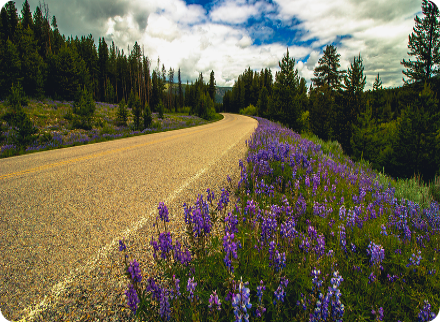
We offer CUSTOM Seed Mixes for All Your Projects!
We've got you COVERED for Landscape
Management, Conservation & More!
